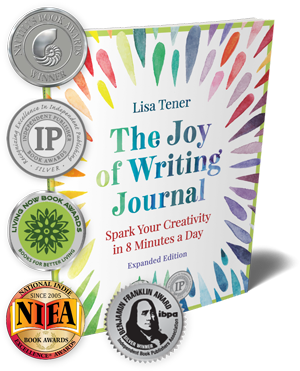I first heard the term “human design” over a decade ago to describe a systematic way of categorizing five different constitutional make-ups from an energy perspective. Recently, my friend Deborah Louth suggested I look into it, since she saw me as a “projector” who needed to understand how I overspent my energy. Such insights could help me better match my actions–in writing, business, relationships and life–to my energetic make-up.
When business strategist and coach Jamie Palmer (whom I’ve known for over a decade) started writing about her own personal efforts to use human design to match her work as a business owner, her insights resonated with me. So much so that I soon hired her as my business strategist!
Jamie is teaching me to match my business strategy and offerings to my intrinsic energetic make up. The promise? Enjoy more ease, fulfillment and fun at work.
Then I thought, “How does this apply to writers and writing? How do we ensure we’re working with our design and not fighting against it by practices we think we should be doing but are counter to our design?”
I asked Jamie to share her ideas with us.
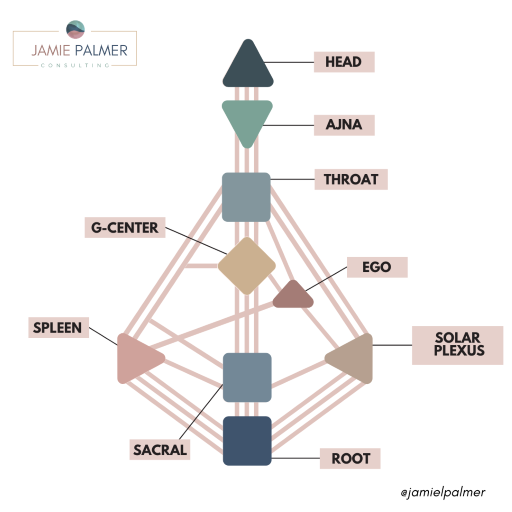
What is Human Design?
Lisa: What is human design and how might it apply to someone who wants to write a book or other matgerial?
Jamie: Human design is a tool that you can leverage to learn more about yourself and how you are designed to operate in the world. I like to think of it as if strengthsfinder, enneagram, and DISC had a baby, that’s human design. Human design is one of those notions, that once you see it, you can’t unsee it. It is surprisingly accurate and will change your world if you choose to leverage it. It covers personality, decision making style, how best you interact with others and how to make the most of the energy you have.
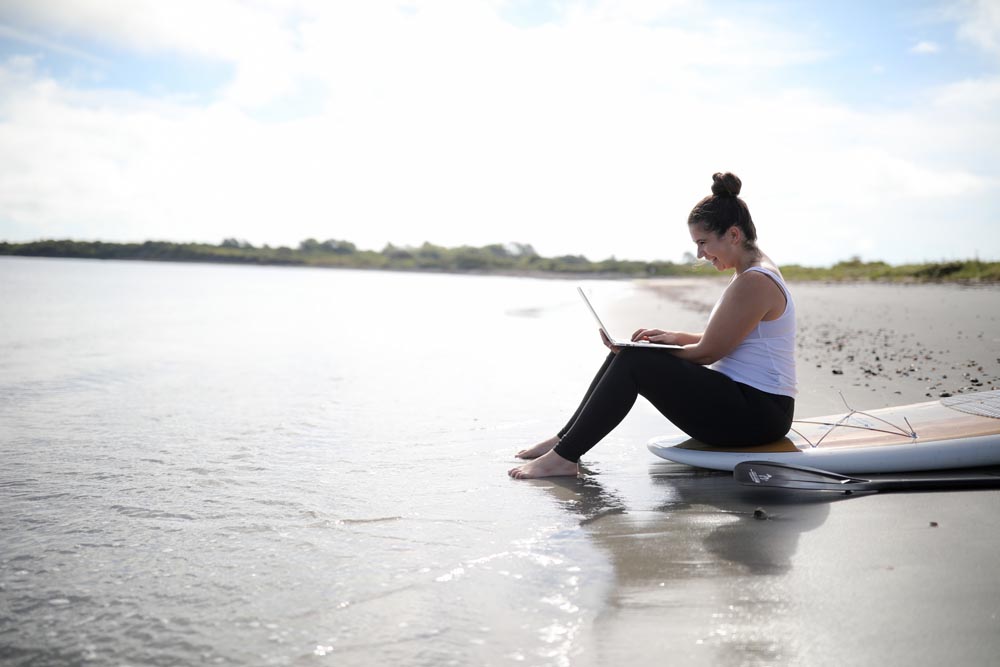
With respect to writing, human design applies in a lot of different aspects. With how you decide to enter into the process of writing a book or other creative adventure. In human design terms, this is following your strategy and authority. In the doing and execution of the actual project, your type and profile. Then, in the sustainability and consistency needed to complete that project and bring it to life, your type. Lastly, this project is complete, now what? Which would be strategy and authority, again.
Applying Human Design to your Writing
Lisa: What is your design and how do you apply your knowledge of human design to your writing, as well as your business as an entrepreneur?
Jamie: I am a 3/5 Projector with emotional authority. When it comes to human design, it is important to understand
- Your type and strategy:
A projector type needs to wait for the invitation/recognition, rather than…..
- Your decision making style or authority:
Mine is emotional.
- Your profile:
Mine is (3/5), which we’ll get to in a moment.
Each of these pieces sheds light on how you are meant to interact with the world.
Finding an Energetic Match Before Acting

As a projector, I have a limited amount of energy and so I have to ensure I am saying yes to the right activities for me. Projectors are meant to wait for the right invitations and/or recognition then offer up their guidance. Many projectors offer up unsolicited advice and the advice falls on deaf ears only to leave the projector feeling bitter or resentful. For example, this interview: saying yes to this was a big YES and I could feel it in my body that there was an energetic match for me.
In terms of my writing, I’ve learned not to try and force myself to write. If my energy and environment are not correct, I will just sit there and stare at the screen (or scroll aimlessly on Facebook). This actually happened while responding to your interview questions. I was thinking to myself I have to get this done and ended up finding myself staring at the screen. The words wouldn’t come. Instead of trying to force it, I allowed myself the space to tackle it again in the morning. Sure, enough, the words flowed. Previously, I never placed enough emphasis on the environment and it is especially important for projectors.
Lisa: This makes so much sense. At times, I write daily but at times, I just can’t force it. In the school of “be a writer who writes every day” I often felt like a failure. Now, I know I will have creatively lush periods and more fallow periods. With The Joy of Writing Journal, I did write daily, and then I recently had a hyper creative period, but the past few days I’ve felt more tired than inspired. And you’re not just giving me permission, but saying that perhaps rest is what I need!
Creating Boundaries in Writing and in Work
Jamie: Projectors have this tendency to get stuck in the on position. I’ve learned to create some boundaries for both my writing and my business. I’ll set a timer for projects like writing so that I don’t get swept away working (stuck in the on position) on something and burn myself out.
In terms of my business, I would say ensuring I say “yes” only to the right invitations (following my strategy) has been one of the biggest improvements since learning my human design. In the past, I said yes to every invitation, even if it didn’t always feel right. Since learning my design, I ONLY say yes to those invitations where I’m excited, especially when it comes to supporting clients.
Honoring my decision making style has had a really big impact for me as well. As an emotional authority, I am not meant to make BIG decisions in the moment. I am designed to sleep on them, ride the highs and lows of my emotions, then make a decision. This has served me so well.
How Human Design Transformed Jamie’s Creativity
Lisa: How has your business and creative life changed since you began designing your work around your human design?
Jamie: My work has changed drastically in that it is actually flowing and people are coming out of the woodwork to work with me! It’s like I’ve become a magnet for amazing action taking clients. I feel a sense of ease in all areas of my business and writing. I wake up excited again.
Lisa: You mention in some of your emails and social media posts how burned out you felt before discovering human design. I think many of my readers get that way. That’s one reason I felt it important to bring this work to this community. Creativity requires energy and if we spend all our energy on other things, as you put it, saying “yes” to everything instead of being discerning, then it makes it harder to implement some of our most important work in the world–our creative work, or passion projects, fulfilling our mission, sharing our wisdom.
Jamie: Now that I honor my design, I’ve found myself writing more than I ever had before. I’ve designed my work with clients to support my energy and my desire to go deeper with people. As a projector, I enjoy working with the same people over time and going deep with them. I have found so much joy in watching clients transform over time and it is an incredible thing to witness when someone meets or exceeds their goal. This means I made drastic changes to my offerings and paired them back tremendously to really focus on one signature offer. This has allowed me to significantly pair back the number of calls I take in a week as well to support my limited energy. Honoring my need for extra rest.
Make Space for Creative Time
Jamie: I have made space for creative time in my schedule. As a projector, recognition and invitation are key. One strategy projectors can employ is to learn, study and create around their business or passion while they wait for these invitations. I have built this time into my business which, in turn, has allowed my creative juices to flow and thrive. I then use that creative time to create in my business–writing, blogging, podcasts or creating videos that share my gifts with the world.
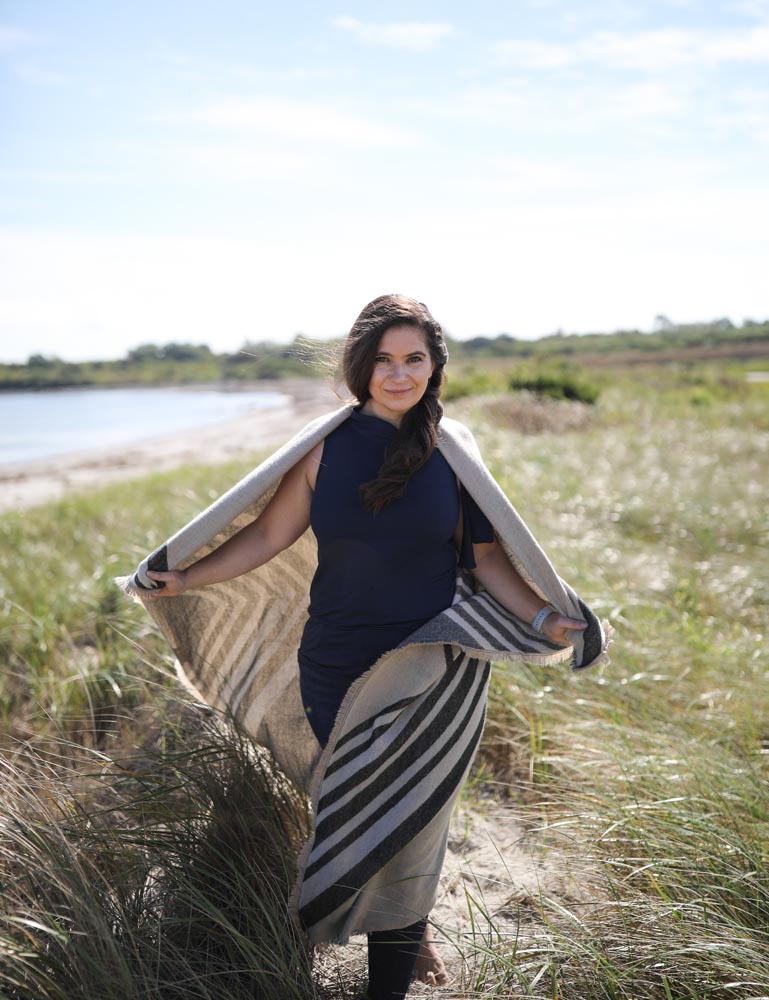
Creativity and the 5 Human Design Types
Lisa: Can you tell us a little about the different designs, what they are and how they might affect our creativity? What would be important to know for each design, particularly as someone writing a book, blogging, writing articles, or even journaling?
Jamie: There are 5 different types, 12 profiles, and 5 types of authority so for purposes of this interview I’ll share about the types since I find those to be very actionable and less nuanced.
The 5 types are projector, generator, manifestor, manifesting generator, and reflector. I’ll break down, by type, some recommendations and strategies.
The Passion of Generators
Jamie: Generators are here to respond to the world and have a great inner guidance system they can rely on. For generators, ensuring that they are working on something they love is incredibly important since they are the only type to have sustainable energy. They are designed to be experts so they like to dig deep.
If they are not fired up they will often feel frustration and resistance. This frustration and resistance will tell them one of two things; 1) It’s time to dig deeper or 2) It’s time to move on especially with creative endeavors. When a generator hits this plateau, finding a trusted advisor to ask them yes or no questions is very helpful since they can respond in the moment since they have a built in inner guidance system with their sacral.
One practice to fuel creativity for generators is to host ask me anything around their topic of expertise in their community. This will give them lots of content to respond to and create from. Generators have sustainable energy so they can write a book or tackle a big creative project in a weekend.
Manifestors Initiate
Jamie: Manifestors are here to initiate in the world and inform the key parties involved. They have a great deal of starting energy and when inspiration strikes they are best suited to run with the idea. This can often leave people who are in their world wondering what happened which is why informing is key for the manifestor.
Manifestors thrive on doing it on their own terms and in their own way which can often lead them to feeling like a lone wolf. Embracing this is important for the manifestor while realizing that finishing is not their strength. They need others to help them finish. Getting support to finish is especially important with creative projects. I’ve witnessed manifestors with 7 or 8 unfinished projects. This support could be in the traditional sense of the word in having someone support the doing or in finding someone to guide them through to the finish. Finishing something can often feel boring for the manifestor.
One practice for manifestors to fuel their creativity is finding inner peace via alone time. They can carry the energy of others leaving them feeling uneasy so create a ritual where they can get back to themselves. This includes honoring their need for alone time. This could be going for a walk before sitting down to create, lighting candles and a meditation or whatever works for them. This ritual to discharge the energy of others by spending time alone will fuel their creativity.
Manifesting Generators—Almost Superhuman Multitaskers
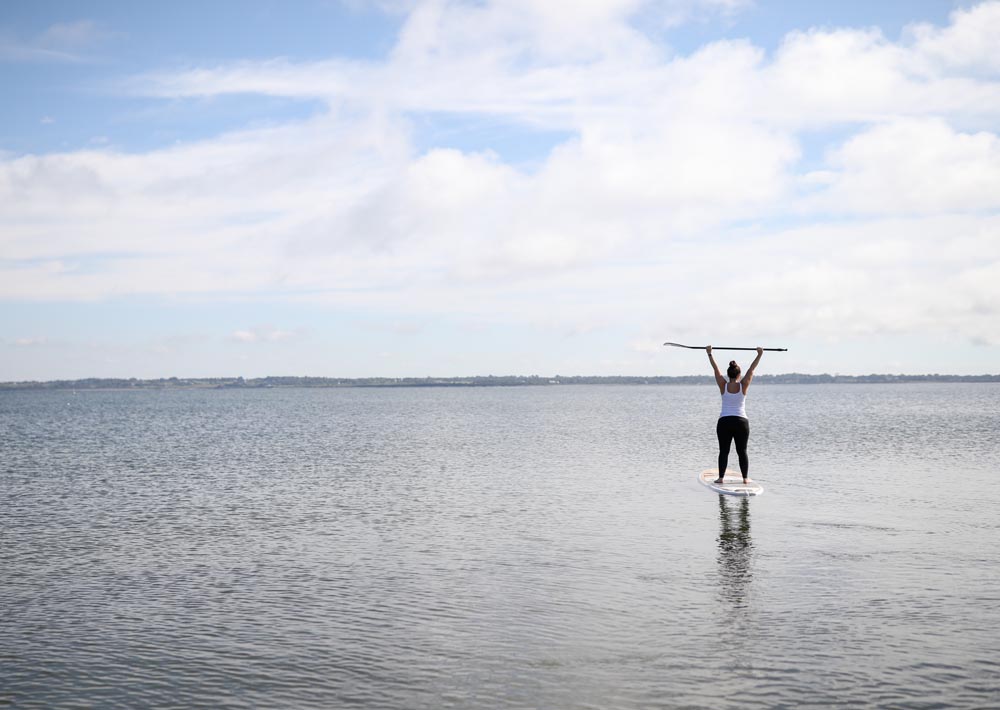
Jamie: Manifesting Generators are here to visualize, respond and inform. As their name suggests they are part manifestor and part generator. They are incredible multi-taskers, in fact, multi-tasking is part of their process to bring something to life and finish it.
Manifesting Generators can get more done than most and will often be juggling multiple projects at once. People will often ask a manifesting generator, ‘How do you get it all done?” They can almost seem superhuman. They are here to make an impact in the world and empower others. While they are wildly capable of doing it all themselves they need others to respond to, in order to ensure they are on the right path (unlike the manifestor).
Manifesting Generators need a fast paced environment to thrive otherwise they will get bored and move on. When it comes to writing and creativity, this means they will likely need to have people to bounce ideas off of and get feedback from. Once they get feedback, they can then oscillate back to alone time to create. It is in this dance back and forth, between independence and being in a relationship that is key for MG’s to master.
One practice for manifesting generators is learning to focus amidst their multi-tasking. For some this could look like going for a walk while recording their next podcast. For others, this could be writing while baking bread. They thrive on multi-tasking so experimenting with what works best for them is key. This often means they skip steps then circle back, knowing this is half the battle for MG’s. Multi-tasking is part of their process so forcing them to follow a certain path ends in frustration. Embrace this superpower.
Projectors Need to Learn to Guide and Wait
Jamie: Projectors are here to guide (not do) and wait for recognition / invitations. They tend to be “wise beyond their years” and aren’t intended to work in the traditional sense of the word. Projectors need rest, in fact, they thrive when they have rest and spaciousness in their day. If a projector’s day is packed with meetings they will likely be exhausted and need a few days to recoup.
For a projector, when embarking on any sort of creative undertaking, will need to balance the creation part with the rest or burnout is inevitable. As a projector, they might feel like they can go and go, especially when working on something they love. The reality is they have gotten stuck in the on position. Creating timeblocks and boundaries in the day to work and to break will serve them well. While this might take longer, the result will be worth waiting for.
One practice for projector’s is to share their writing or creativity with the world, especially if they are working on a book behind the scenes. This will ensure when the timing is right the invitations will follow. The sharing is a magnet to pull the right people to the projector.
Understanding Your Design
Lisa: I think I’ve been quite late to the table in understanding my design. I fit that description you gave earlier as “stuck in the on position.” With my book launch, I continue to get very clear feedback from Life that I cannot continue to push myself this way. Every time I try to “do” much, I have gotten sick or exhausted.
I’m now learning to just let people know I’m available for opportunities. Interestingly, as I cleared my plate more, and gave up on my plans to email everyone I know about the book (I just didn’t have the energy) plus contact podcasters and bloggers, several friends, colleagues and students have asked, “How can I help you?” I let them know that any way they can spread the word.
Reflectors as Writers

Reflectors are a mirror of the community they are in and they must wait a lunar cycle (28 days) before making big decisions. Community and environment are so important for the reflector. Reflectors make up less than 1% of the population so they are incredibly rare.
For a reflector, cultivating the right community will ensure their success, help them feel supported and thus fuel their creativity. They are a mirror to the people around them so their health and energy are in direct correlation to those they are surrounded by. Given this they have deep knowledge about people. Learning to discern if the energy is that of the reflector or of someone else is key to living their purpose. Cultivating a creative practice, written, spoken or visual is incredibly important for them to dispel the energy of others and find themselves.
One practice for reflectors is to spend time in nature (this is good for all of us) but especially for reflectors. This time in nature reflects back to them who they are, since they are typically reflecting others, and thus can spark creativity and deepen their understanding of themselves.
Human Design your Business
Working with Jamie to understand my own human design (and how to utilize that information in my business) has helped me “honor my energy” and enjoy more ease in my work life.
Jamie has graciously offered to extend her BETA pricing for her new HD Your Biz program to my community. This is an amazing training for those who want to get to better know themselves and their unique human design blueprint. This training is geared towards creatives and coaches who want to leverage their human design blueprint to write more effectively and to honor the ebbs and flows of their energy (which is directly tied to creativity).
You can learn more about it here. [Please note: I am a raving fan, happy coaching client and referral partner and do receive a referral commission should you sign up for her paid program using this link].
About Jamie Palmer
Jamie is a business strategist and coach for entrepreneurs who want to grow and scale their businesses by focusing on one signature program to create more impact, leverage, freedom, and legacy. She leverages human design as a tool to support entrepreneurs in creating a business that is aligned with their goals. She lives in Newport, RI with her husband and two sons.

